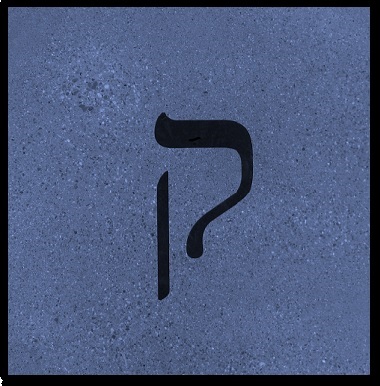“You must be joking,” I said to myself, when, shortly after we arrived in Germany, Pastorin Ursula Sieg informed me that she arranged for me to preach in a church whose Pastor in those days was a Nazi murderer. She was not joking, but I have come to trust Pastor Sieg implicitly, and so I agreed.
Kaltenkirchen is such a beautiful picturesque village, but it is also the site of a former concentration camp where prisoners endured brutal, near starvation conditions. Wealthy neighbors nearby lived their lives in comfort.
Since my visit to the camp, whenever I drove through the region the image of Nazi soldiers with snarling Rottweilers hunting for me flooded my brain and marred the woods’ beauty.
The Michaelis-Kirche in Kaltenkirchen, just a few kilometers from the camp is a magnificent 16th century structure that was once the pulpit of Ernst Szymanowski (who Germanized his Polish name to Biberstein). Biberstein was an ardent Hitler supporter who left the church to become a Lt. Colonel in the SS who supervised at least two mass murders that claimed at least 2000 lives. He was tried at Nuremberg for his crimes and sentenced to death by hanging. The sentence was commuted to life in prison, and through pressure exerted by the Lutheran Church, Biberstein was released from prison in 1958 and lived out his life in comfort until he died at 85.
Yesterday I accepted the gracious invitation of Pastorin Martina Dittkrist and became the first rabbi ever to preach in that church. My text was the Exodus passage in which God commanded Moses to carve out two tablets of stone to replace those he smashed, and assured of God’s forgiveness, lead the people forward.
I referenced the Midrashic teachings that our ancestors not only carried the new tablets of the Covenant in the ark, but the smashed broken ones as well. The lesson is that we learn as much or even more from our failures in life as we do from our success.
I also emphasized the difference between the anger of God, which might endure up to four generations, and the love and mercy of God that extends to the thousandth. This was my message. Yes, you must always carry the broken stones that Biberstein represents with you, but you can go forward confident that your atonement is accepted and that your generation does not bear direct responsibility for the sins of the past.
And then I addressed the ghost of Biberstein and said, “Despite your sins, we Jews are still here! Where are you?! Your evil has died and burns in hell, but Wir sind hier zusammen! We are here together? We cannot undo the past, and we must always carry its lessons with us. But we do so not to wallow in pity but to shape a better a future.”
The symbol of Michaelis-Kirchen in Kaltenkirchen will always be the haunting painting of “The Broken Cross” by Hannelore Golberg that hangs in its reception room as an acknowledgment of the sad chapter in the church’s history. As I sat beneath that painting answering questions of a standing-room crowd about our visit and my sermon, the soldiers and Rottweilers were no longer looking for me, and I imagined another cross in the painting standing upright next to the broken one. With Pastorin Dittkrist’s, loving guidance may the lessons of both crosses lead the congregation forward on its journey of atonement, reconciliation and faithful service to God.
 Pastorin Martina Dittkrist, Hannelore Golberg, me and Vickie with the painting of “The Broken Cross.”
Pastorin Martina Dittkrist, Hannelore Golberg, me and Vickie with the painting of “The Broken Cross.”

